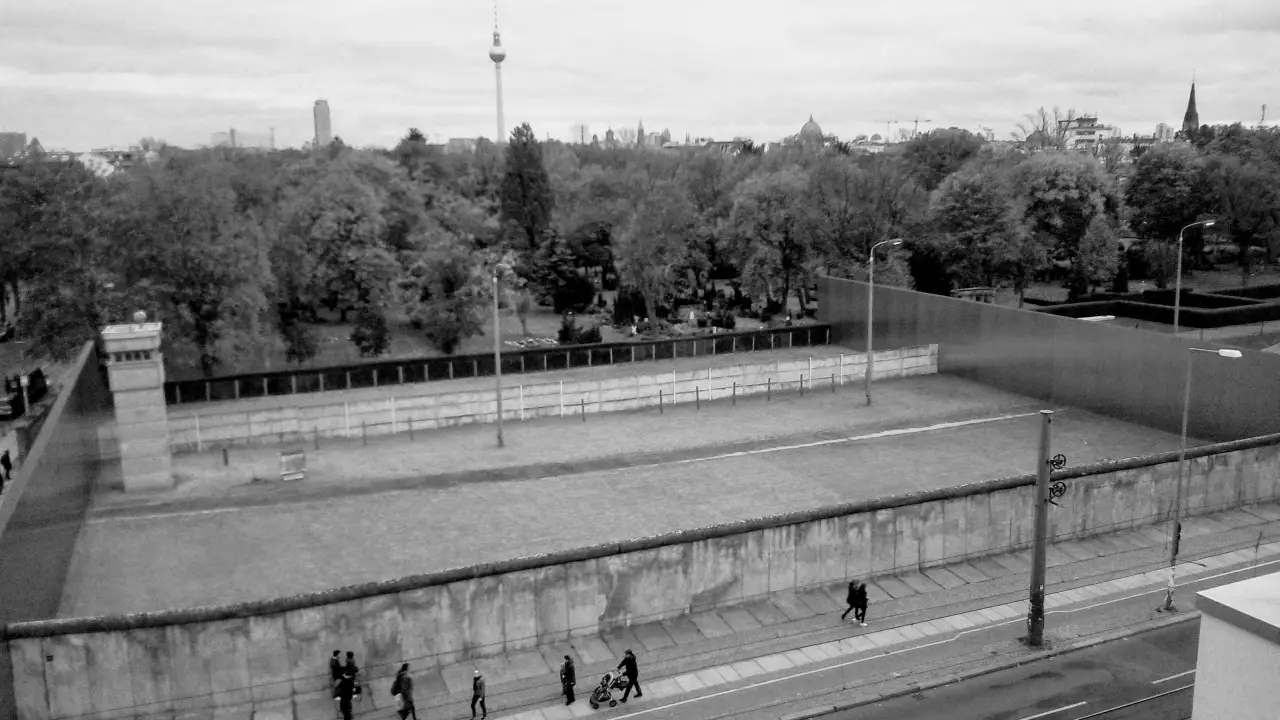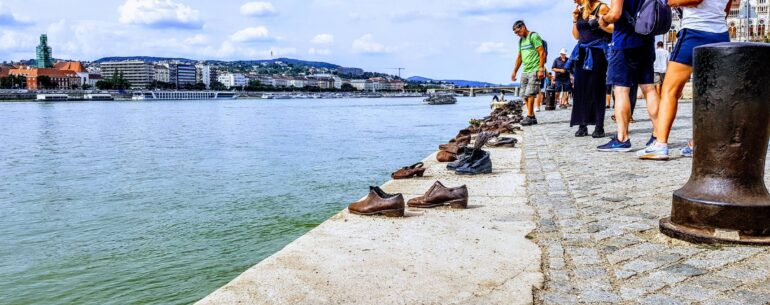Berlin, a city of dualities, embodies a fascinating contrast between its modern façade and its haunting past. While towering skyscrapers and bustling streets paint a picture of progress, reminders of a darker history linger just beneath the surface. Berlin refuses to forget its tumultuous past, serving as a living testament to resilience and remembrance. Below is a guide to the Berlin Wall Museum | Berlin.
You may also be interested in other Berlin guides including
Guide to the Berlin Wall East Side Gallery
Guide to the Stasi Museum, Berlin
Guide to Berlin’s Topography of Terror Museum
Guide to Hitler’s bunker, Berlin
Find the best accommodation deals in Berlin
We’ve teamed up with the accommodation specialists, Booking.com, to bring you the best deals on accommodation in Berlin.
Check for the best flight deals to Berlin
Find the best prices on flights direct from your nearest airport using the form below. Note, if results aren’t showing your closest airport, just follow the link for more options.
Exploring Berlin’s Dichotomy: The Berlin Wall Museum

Stretching across the heart of Berlin, the Berlin Wall Museum stands as a poignant reminder of the city’s divided past. Located near the iconic Checkpoint Charlie, the museum occupies a site steeped in historical significance. It serves to educate visitors about the tumultuous era of the Berlin Wall, which divided families, communities, and ideologies for nearly three decades. The museum’s importance lies in its role as a custodian of memory, preserving the stories of those affected by the Wall and ensuring that future generations never forget the lessons learned from this divisive period in history.
Exploring the Museum
The Berlin Wall Museum helps preserve the memory of countless lost lives while also serving as a timely reminder of a city – and world – divided. There are many highlights to explore.
- Indoor Exhibits: Inside the museum, visitors can explore a wealth of exhibits documenting the history of the Berlin Wall, from its construction to its eventual fall. Artefacts, photographs, and personal accounts offer a vivid portrayal of life in divided Berlin.
- Outdoor Displays: Outside, remnants of the Berlin Wall stand as solemn reminders of the barriers that once separated East and West Berlin. Graffiti-covered sections provide insight into the emotions and struggles of those who lived through this period.
- Memorial to the Victims: The museum pays tribute to the countless individuals who lost their lives attempting to cross the Wall. A memorial commemorates the bravery and sacrifice of those who sought freedom at great personal risk.
- Educational Resources: Interactive displays and educational programmes provide context and understanding, shedding light on the political, social, and cultural dynamics that shaped the division of Berlin.
- Death Toll: Over the years, approximately 140 people lost their lives attempting to climb the Berlin Wall in search of freedom. Their stories are honoured and remembered within the museum’s walls.
Entry Prices and Reasons to Visit
Admission to the Berlin Wall Museum is affordably priced, ensuring accessibility for visitors of all backgrounds. A visit to the museum offers numerous benefits:
- Historical Insight: Delve into the complex history of the Berlin Wall and gain a deeper understanding of its impact on Berliners and the world.
- Cultural Understanding: Explore the cultural and political significance of the Wall and its eventual fall, gaining insights into the broader context of Cold War tensions.
- Personal Reflection: Pay tribute to the resilience of those who lived through the division of Berlin and contemplate the enduring importance of unity and reconciliation.
- Education: The museum’s exhibits and resources provide valuable educational opportunities for students and educators, fostering critical thinking and dialogue about the consequences of division and the pursuit of freedom.
The Fall of the Wall: A Cultural Revolution
The fall of the Berlin Wall in 1989 marked a watershed moment in history, symbolising the end of an era of division and repression. While political forces played a significant part in this momentous event, cultural influences also played a pivotal role. Icons such as David Bowie and Bruce Springsteen lent their voices to the cause of freedom, their music resonating with people on both sides of the Wall. The punk movement, with its ethos of rebellion and defiance, captured the spirit of resistance against oppression.
Ultimately, it was the collective will of the people, fuelled by a desire for unity and freedom, that brought about the fall of the Wall and ushered in a new era of hope and possibility for Berlin and the world.
Check out more summer guides and winter guides on the iRide website
Overview of the Berlin Wall Museum
More about Berlin’s Wall Museum
For more detailed information on Berlin, its history and professional images from the Wall follow the links below.
History of Berlin
History of the wall
Berlin Wall Museum official site


